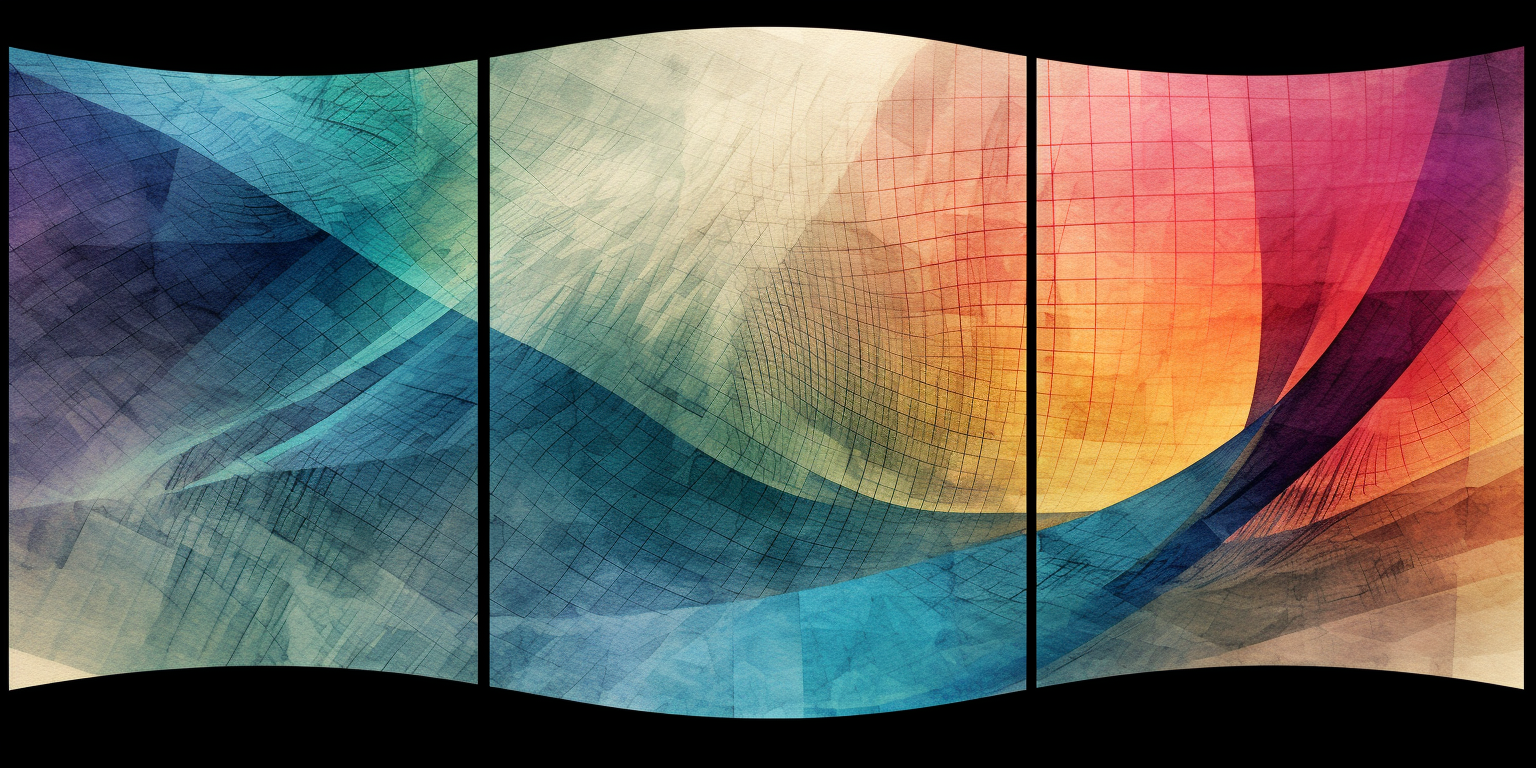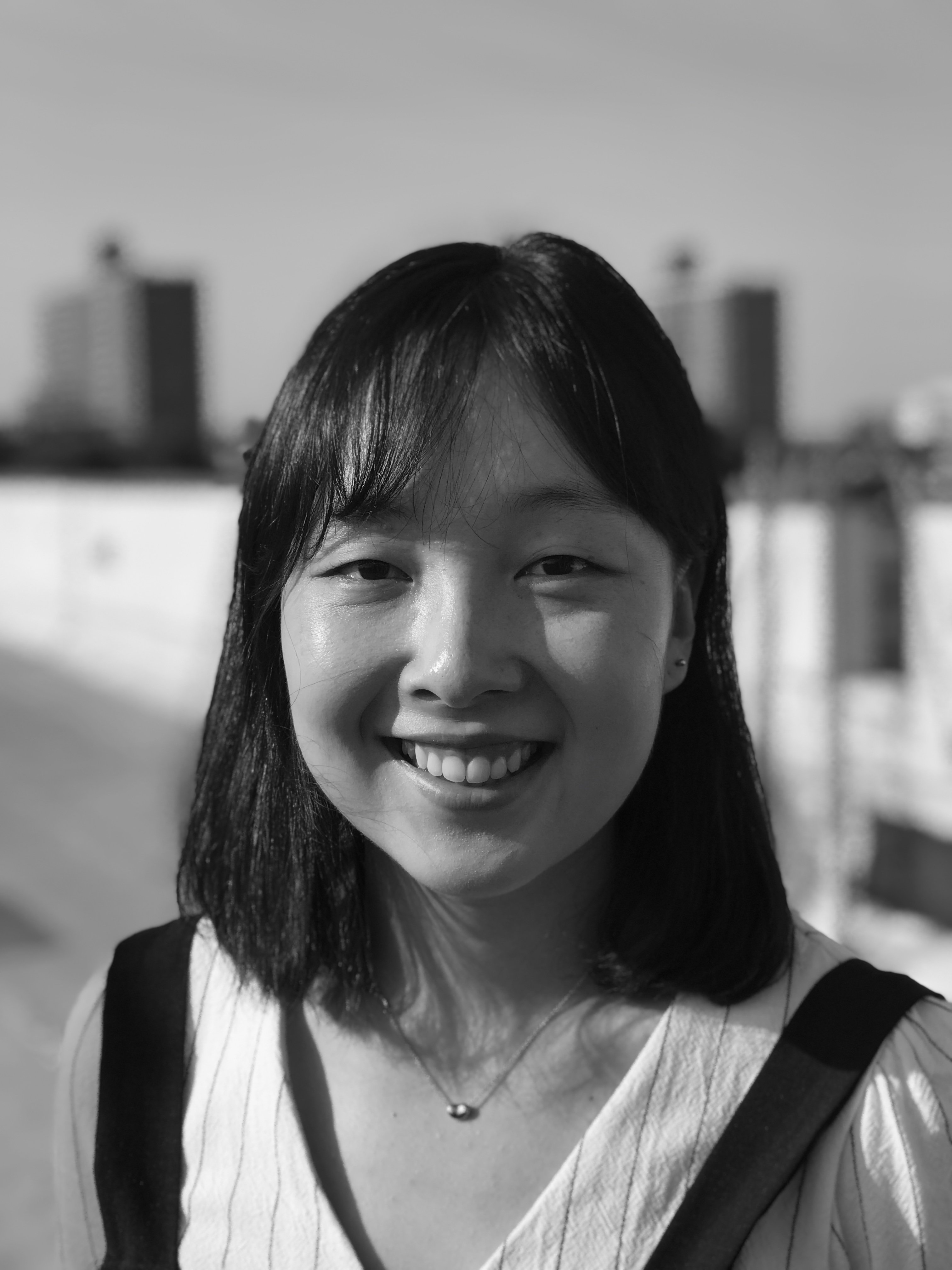AI, Artists, and Art Practice
If the overnight popularity of ChatGPT and the following widespread attention on “artificial intelligence” (AI) seemed to come out of nowhere, it’s not as sudden as you may think. This rise belongs to a long lineage of technological developments—including familiar ones like the Internet—that have shaped the course of much of our history. Technology is entangled with our understanding of commodity, capital, and power. As many artists are deeply engaged in interpreting and creating works that address what’s happening across broader society, having nuanced conversations on the impact of AI across all art disciplines is necessary.
Importantly, tools like AI have a tangible implication for how art is made and how we support artists. At Fractured Atlas, we’ve had our toes dipped in the tech world, largely because we develop our own apps like Fundraising by Fractured Atlas. Because of this, the questions around AI resonated as we saw the rise of conflicting thoughts and feelings on AI in our field.
Setting the foundation
Here’s a bit of background: the history of artificial intelligence dates back to 1950, when Alan Turing published “Computing Machinery and Intelligence” that asked the profound question of whether machines can think. Developments since then have ushered in the world of AI tools like ChatGPT and Midjourney. One definition of AI is “a field that combines computer science and robust data sets, to enable problem-solving.” Note that this definition doesn’t include being sentient.
One application of AI that we’ve become familiar with in the last couple months is ChatGPT. In ChatGPT’s own words, it is “a large language model created by OpenAI designed to process and understand natural language input from humans and generate responses that are relevant, informative, and helpful.” Language models are fed a whole lot of information and then models like “learning algorithms'' are created to identify patterns and relationships. We’ve seen ChatGPT do all sorts of things, from making a travel itinerary for a new country to writing the copy for that crowdfunding campaign that you’ve been stumped on. The apparent ease of using ChatGPT has made it widely accessible, becoming a playground for artists to test out and develop their own ideas around AI and machine learning.
AI in the arts
In 2022, the Colorado State Fair awarded a prize to artwork that was generated by an individual through Midjourney, an AI system that generates images derived from a prompt given by the user. There was general outrage and questions arose such as whether the winner was an actual artist who even qualified for the fair with this kind of submission. These questions still linger as we consider how tools like Midjourney will impact art making. Interestingly, the winner, Jason Allen, shared in a profile that art is “over” and that AI has won, which begs the question: what does it mean for AI to “win?”
In the busy lobby of the Museum of Modern Art (MoMA) in New York City is a towering video work with rotating shifting images of bright colors that continuously shift between representational to abstract objects. Because of the ample seating in front of the work, you’ll often find many visitors both looking at, and taking photos of the work. To create this work Unsupervised, artist Refik Anadol trained a machine-learning model with all of the MoMA’s publicly available data. This machine then filled the gaps in between the data set it was fed and created new images that were presented. In the age of large artist studios, the potential implications for machines to operate as another helping hand while dealing with the cloud of unknowns about the technology is an ongoing question.
Open questions
These quick examples show that the impact of AI on the art world is both nuanced and complex. If we were to identify two of the most prominent sentiments today, they would be that:
- AI and tools like ChatGPT will hinder art making and artists
- AI and artists can work together to build the next phase of art and technology
These sentiments are entangled not only with the practical implications of AI in art, like a computer creating a painting with no physical human touch, but also the ethical conundrums of using AI that overlap with copyright and labor issues. Importantly, it is acceptable for us to feel both of these sentiments at the same time.
Let’s be honest: newness of any kind is scary, especially when we don’t fully grasp what’s happening. Acknowledging that first and unpacking that further can allow for a more generative relationship with technology to grow. We need to weigh the potential of AI replacing artists with its possibility for it to be a tool for creative expansion. And as we try to understand the impact of AI on the art world, we should ask ourselves what creativity, making, and originality looks like in a world where technology is a part of our everyday lives, and changes shape over time.
As the past couple months have shown us, only time can only tell how we’ll build our relationship with AI. In the meantime, we can look towards artists who are unearthing these tough questions around technology and support their work.
Additional Learning for AI and the Arts:
The Art Newspaper’s Podcast –– Artificial Intelligence: the museum perspective, the photography controversy
Museum of Modern Art (NYC) –– AI Art: How artists are using and confronting machine learning
The header image for this article was created by Russell Norris, one of Fractured Atlas's software developers, in collaboration with Midjourney.
About Sophia Park
Sophia Park (she/her) is a writer and curator based in Brooklyn, NY and Gumi, South Korea. She received her B.A. in Neuroscience from Oberlin College and M.A. in Curatorial Practice from the School of Visual Arts. Recently, she worked as a curator for the 15th Gwangju Biennale. Formerly, she worked as the Director of External Relations at Fractured Atlas, a national nonprofit arts service organization and taught entrepreneurship and the arts at New York University. She is part of slow cook, a curatorial collaboration with Caroline Taylor Shehan where they make programs and books, and is a co-founder of Jip Gallery (2018 - 2022). You can probably find her running some silly distance, trying to get back into tennis, or dancing somewhere.


